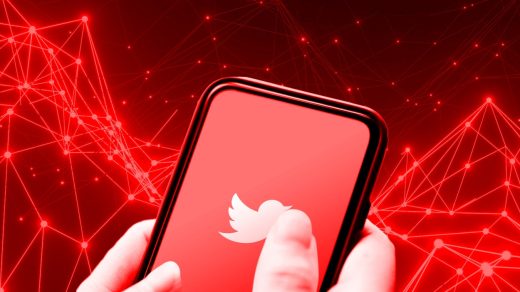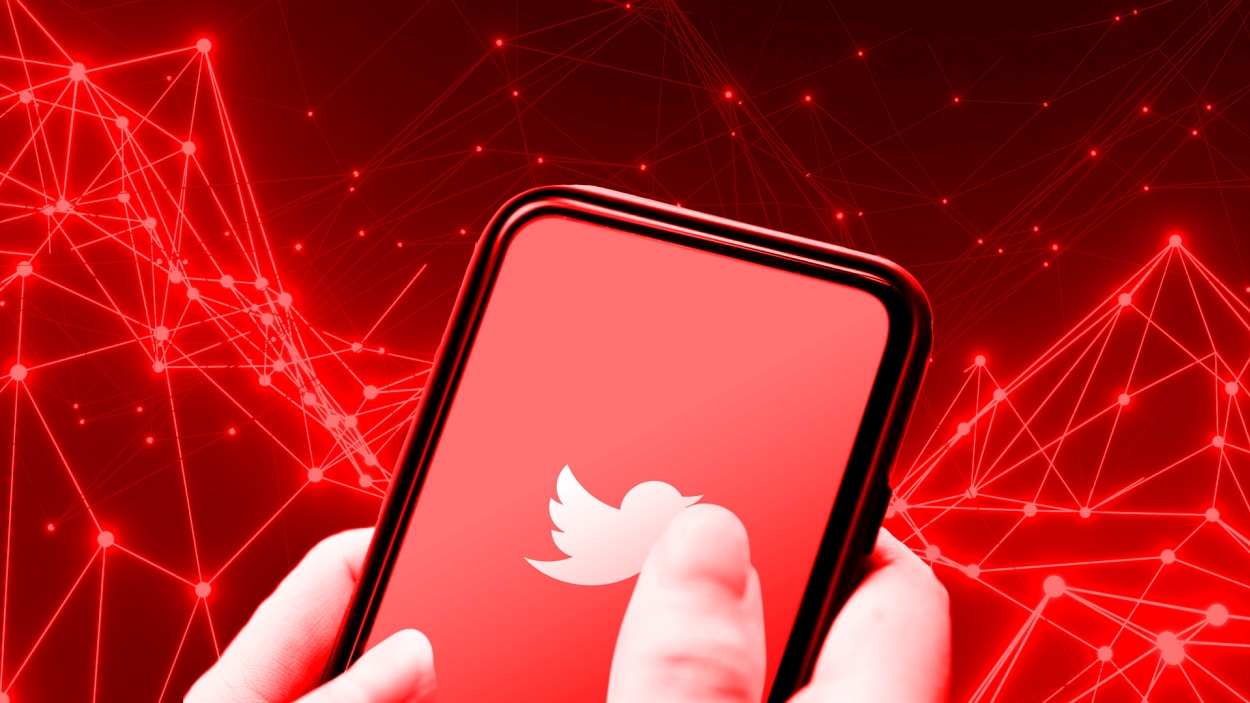Tucker Carlson is already getting lots of Twitter views, but that’s not the same as TV ratings
By Sam Becker
When Fox News and its top-rated personality parted ways last month, it was immediately unclear what either planned to do next. Fox News subsequently saw its viewer numbers drop nearly in half during Tucker Carlson’s former time slot—from an average of more than 3 million to an average of around 1.65 million, according to reporting from the Washington Post. Carlson, meanwhile, went radio-silent for a while, likely calculating his next move.
On Tuesday, he emerged, however, announcing in a nearly three-minute video on Twitter that he would be starting a new show on the social media platform. While the New York Times reports that Carlson is still, in fact, under contract at Fox News, it’s clear that Carlson is ready to take his show to the internet—and his audience with him.
But how much of his audience will follow?
As of Wednesday afternoon, Carlson’s video had been viewed more than 21.3 million times—something that did not go unnoticed by other Twitter users. One tweeted in response to Carlson’s video that not even a half-hour after the announcement, Carlson had more viewers for the clip than the entire Fox News primetime lineup would get that night.
That may or may not have been true, though it is clear that other Fox News personalities don’t have the magnetism that Carlson’s show did. As for whether Carlson’s prospective Twitter show will be able to go toe-to-toe with Fox’s primetime lineup (or CNN’s or MSNBC’s, for that matter), it will largely come down to the tricky business of how audiences are measured. While audience measurement has never been an exact science, there are some key differences between how Twitter accounts for a “view” and how TV ratings are calculated.
Here’s a quick breakdown:
So while Carlson’s tweet may have garnered tens of millions of views—a number that is indeed higher than your average hourly audience of a given Fox News television show—attempting to draw conclusions from Twitter views versus TV ratings is a bit of an apples-and-oranges comparison.
Interestingly enough, though, there has been a long-established link between Twitter and TV ratings. Specifically, a 2013 analysis found that people tweeting about TV shows tends to increase viewership for that show, though it’s hard to say if that relationship still exists.
Could that help Carlson in his new endeavor? Will Twitter become the new YouTube? It’s impossible to say. But what we do know is that Carlson taking his show to Twitter will amount to an interesting experiment that creators across the spectrum will be keeping an eye on.
(8)



